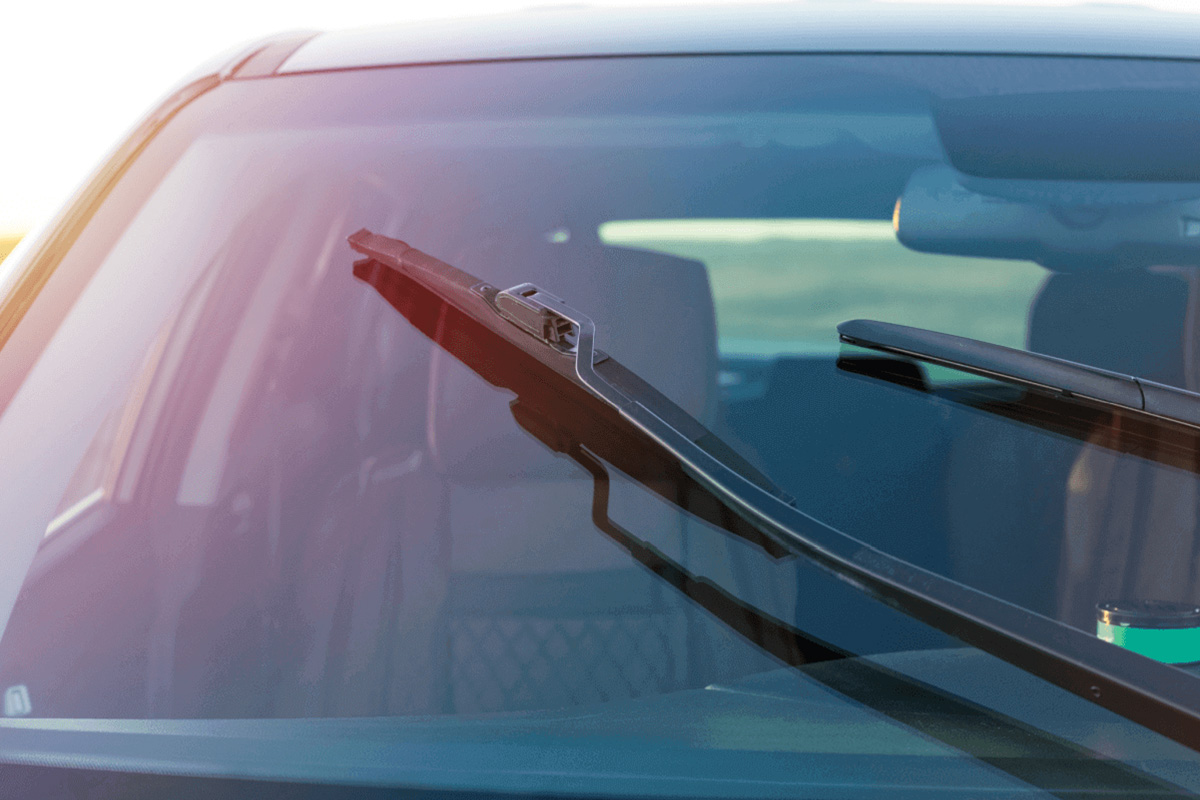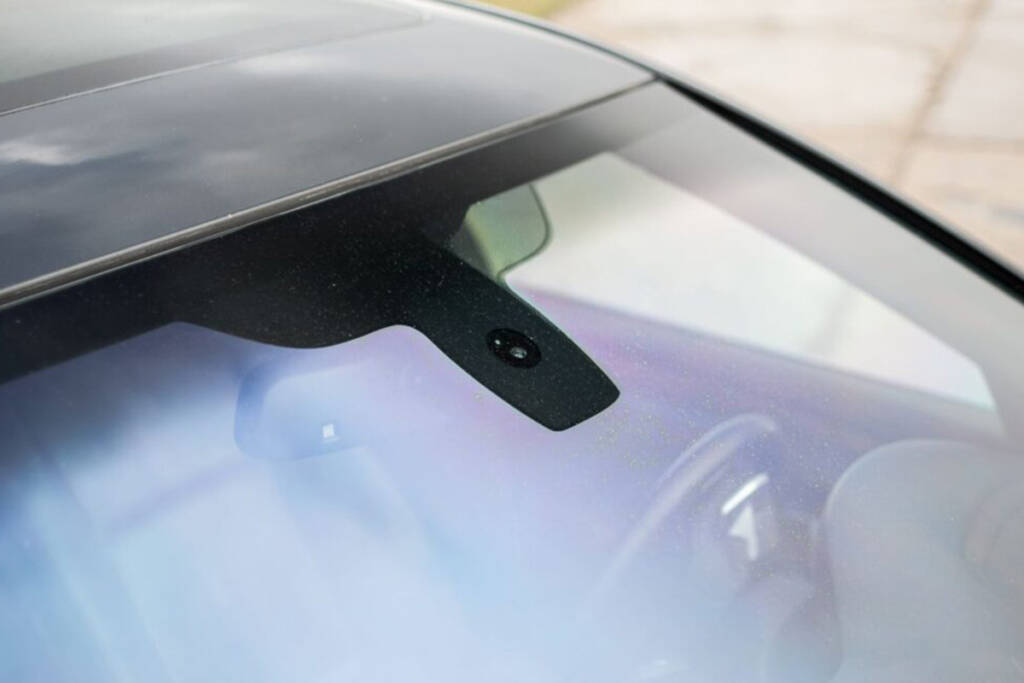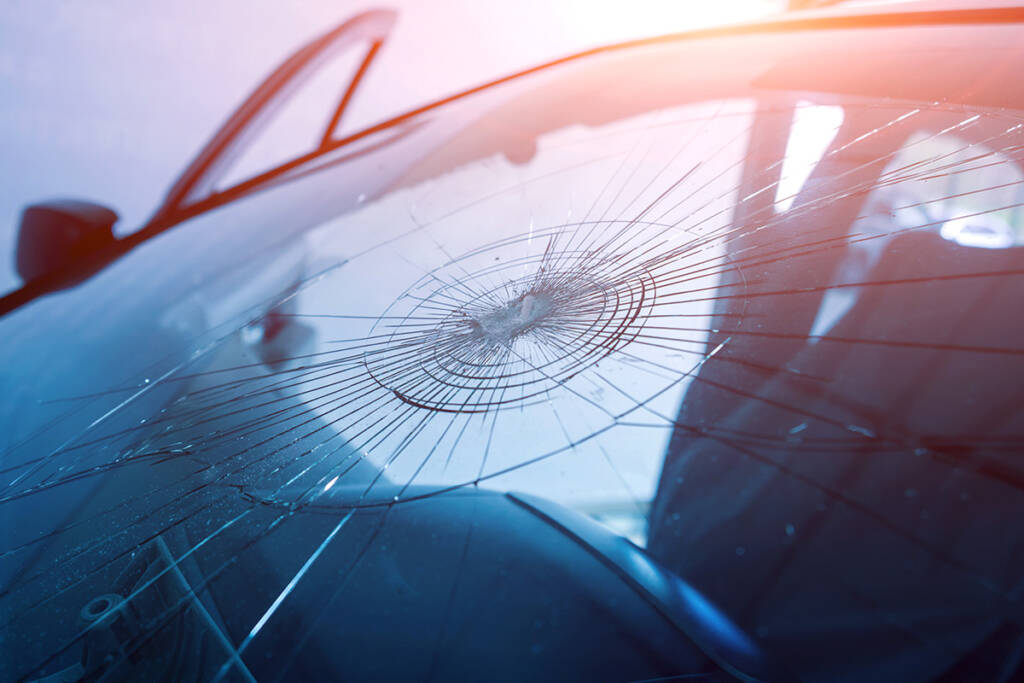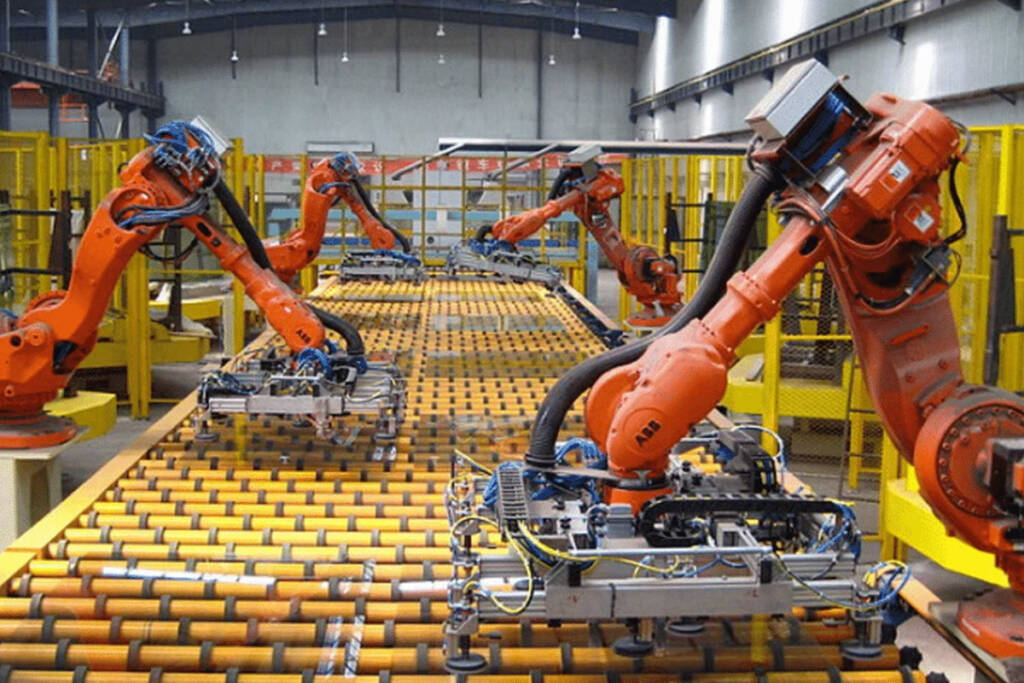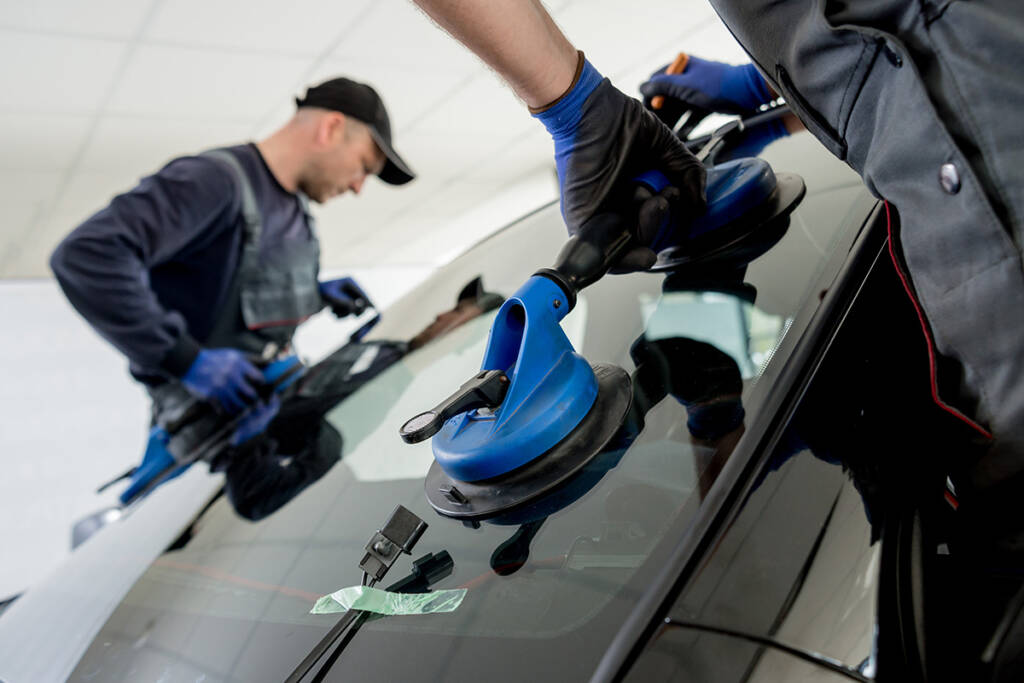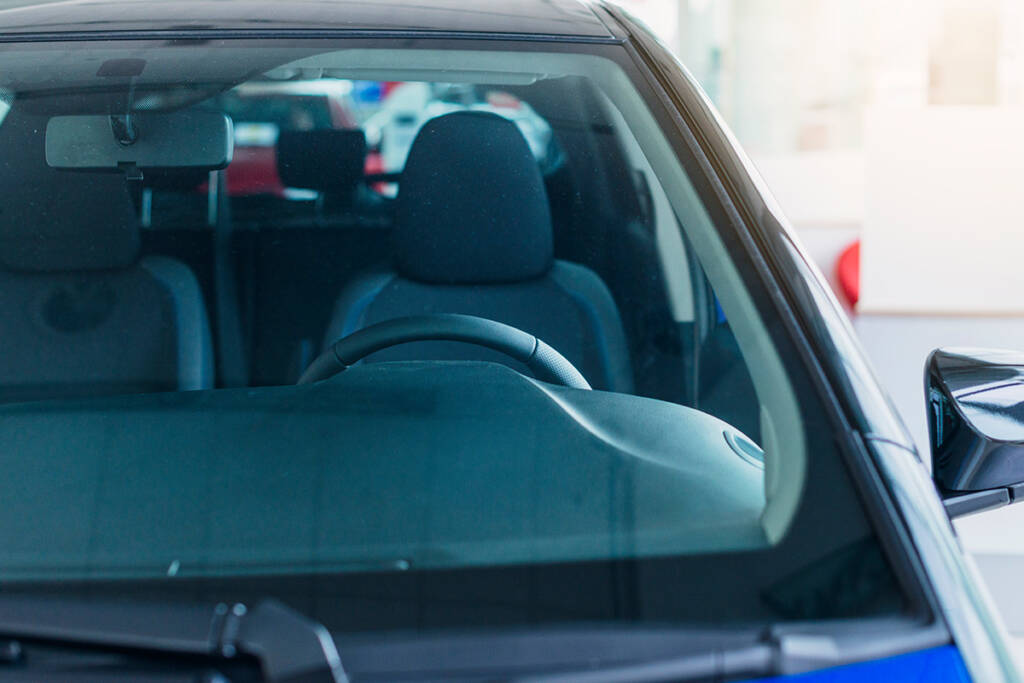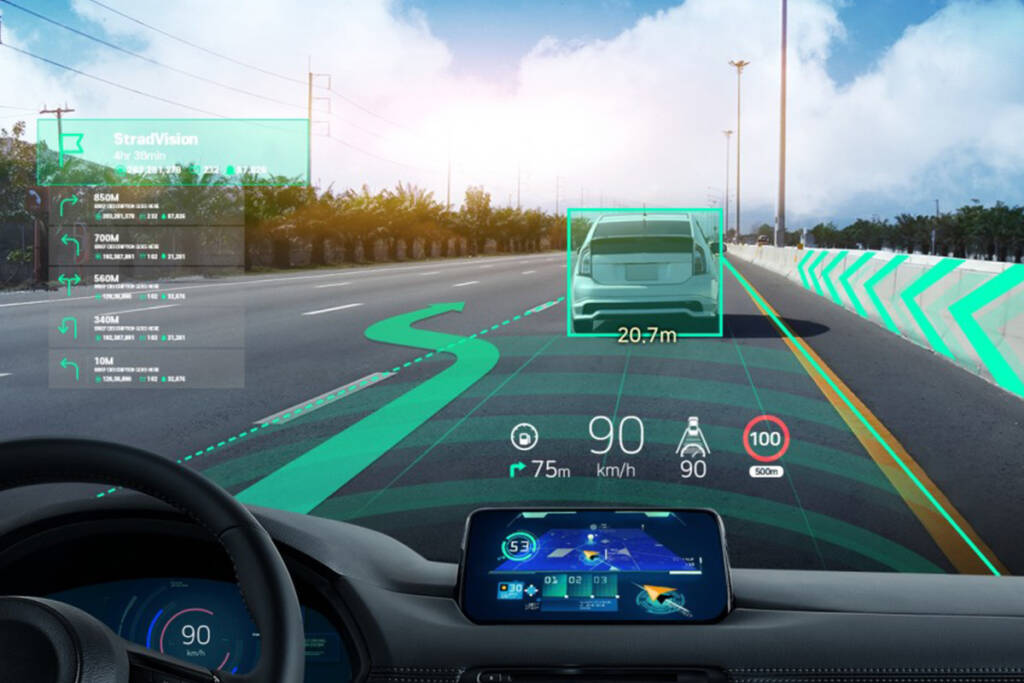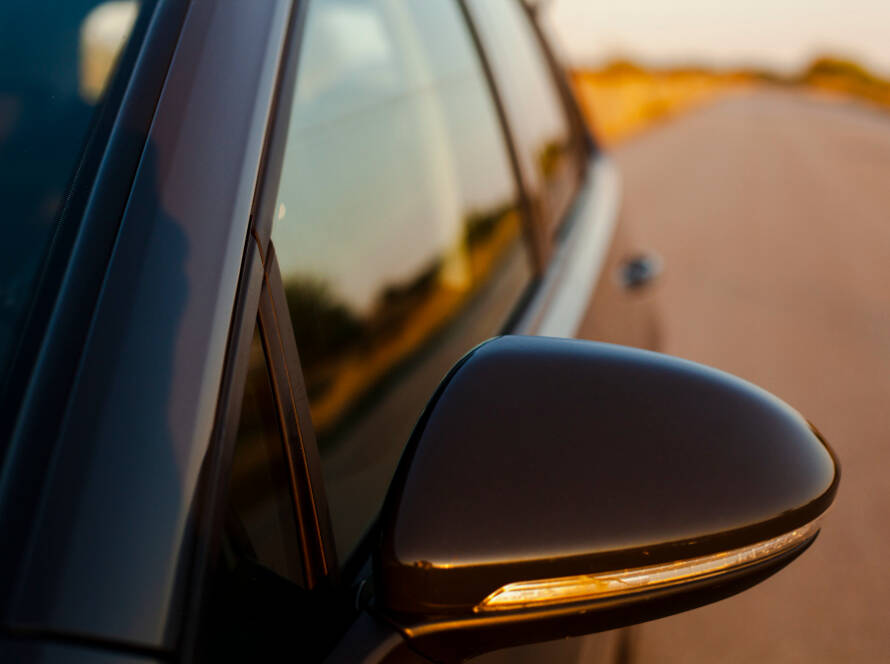Introduction to Modern Windshield Technology
You will hardly see windshields now made of only a standard pane of glass. Technology in car windshields has made safety, sight and contact with technology easier to manage while we drive. Windshields on vehicles now offer more advanced features, more security and are more interactive than at any previous time. Present-day windshields are needed for things like head-up displays and sensors in smart cars.
Windshields that used to act as only protectors now have many advanced and useful windshield features. In the future, cars in 2025 will depend on the windshield more than ever because it acts as the intelligent link between the driver, the car and the road.
- Automotive Windshield Technology
Today’s windshields in cars use smart sensors, display functions and Internet connectivity instead of being just plain glass. Structural strength is enhanced, as are ADAS functions, and the driver feels a greater sense of comfort.
The Automotive Windshield Technology in Vehicles Has Many Repeated Advantages:
- Modern vehicle windshields are made using several layers of glass that are safe and good at reducing outside noise.
- A lot of modern cars now equip their front windshields with cameras for assistance in lanes and warning drivers about possible collisions.
- Automakers use windshield technology to help make windshields participate in the vehicle automation process.
- Basically, cars adopt safer and more intelligent features because of advances in windshield technology.
Technologies Changing the Appearance of Modern Windscreens
Modern improvements in windshields are changing the way people drive. They increase the car’s visibility and interact with the driver in real time, so every trip becomes safer and more pleasant.
- The Latest advanced windshield Features for Car
In today’s cars, Head-Up Displays (HUDs) show important data directly on the windshield.
- Some windshields include automatic tint adjustment, which makes the car more comfortable and visible at different times of the day.
- Using heated glass and rain-repellent coatings are popular advanced features that make windshields clear in any weather.
- On top of advanced windshields, vehicles these days have smart sensors that track the driver, help maintain lanes and brake automatically when needed.
- Improvements in windshield features are supporting the development of modern and smart vehicle control.
In 2025, Windshields Will Take Drivers Beyond Glass. Changing design in the auto industry is expected from windshield technology in 2025. When electric and self-driving vehicles become more common, windshields in 2025 will become smarter, more interactive and greener.
- Windshield Technology 2025 Can Bring These Key Advancements:
- In 2025, your windshield could change into a big digital screen for navigation, warnings and media management.
- Smart windshields in 2025 may be able to create solar energy to power the electrical systems of a car.
- In 2025, new cars could have night vision and augmented reality systems in the windshield for better driving at night.
- 2025 windshields will use AI sensors to identify when drivers are tired or not paying attention.
- Self-healing coatings are a new trend expected in windshield technology in 2025 that will help reduce upkeep and make windshields less prone to damage.
Soon, windshield technology 2025 will become standard, turning regular windshields into surfaces that offer better vehicle performance and safety, reacting to what the driver needs.
Driving will be safer and easier as advanced technologies take over. Thanks to quick progress in windshield technology, more use of advanced features and the future of 2025 windshield technology, today’s windshields do much more and are part of making driving safer and more modern.
Types of Automotive Windshields in 2025

Today, windshields in vehicles are combining the role of transparent shields with safety, comfort and digital technology. Different types of automotive windshields are used based on their features, including special glass for cars, windscreen acoustics and head-up displays; we will go over the advanced types unique to automobiles in 2025 and explore tables to detail the differences and advantages.
Tempered Glass vs. Laminated Glass Windshields
You have to decide between tempered laminated glass and laminated glass in manufacturing glass for cars. Vehicles rely on each material’s individual safety, performance and function, since each has its own properties.
- What is Laminated Glass used in car windows?
Laminated glass for cars is produced by putting a thin plastic interlayer, such as polyvinyl butyral (PVB), between two or more sheets of glass. The result is that the windshield takes in shock, prevents penetration and does not come apart even when cracked.
- Why Laminated Glass Is Beneficial in Cars.
- Extra safety: Keeps glass shards from shooting off during accidents.
- Protection from UV Rays: Can prevent up to 99% of dangerous UV rays from getting to your eyes.
- Road noise is not heard in the cabin because of sound insulation.
- The surface is stronger and can cope with stone impact and heat better.
- Ideal for modern vehicles like smart windshields and head-up display windshields.
- Most modern cars have laminated glass windshields because of their strength and protective role.
- What is the definition of Tempered Glass?
Tempered glass is produced by heating usual glass to a very high temperature followed by quick cooling. It makes the glass around 4–5 times tougher than standard glass. A broken piece of tempered glass falls apart into little parts that are not sharp, so the risk of harm is decreased. Side and rear windows are the typical places where tinted film is used, not the windshield.
A table showing the difference between tempered glass vs. laminated glass is projected below.
| Base | Laminated Glass | Tempered Glass |
|---|---|---|
| Structure | Multi-layered with PVB interlayer | Single-layer, heat-treated glass |
| Breakage | Cracks but holds | Cracks into tiny pieces |
| Glazing location | Front windshield (mostly) | Side and rear windows |
| Safety | Very high (retains shape on impact) | Moderate (disperses on break) |
| Noise Reduction | Excellent (acts as acoustic windshield) | Poor |
| UV protection | High | Low |
| Heat resistance | Moderate to high | Extremely high |
- Acoustic and heat-reflective windshields
Because automotive design now values luxury and environmental impact, acoustic and heat-reflecting windshields are now required in most cars. Because they are tinted, these windshields help make the cabin more comfortable and energy efficient, plus they give a superior feel.
- Cabin Silence is Improved with Acoustic Windshield
An acoustic windshield has a noise-reducing layer sandwiched between the two sheets of glass. Sound deadening fabric absorbs and lowers the sound of noisy things such as traffic, wind, rain and the engine.
- What Are the Advantages of Going with an Acoustic Windshield?
- Noise Control brings down the level of outside noise by 3–6 dB.
- Improved Driving Comfort: For electric and hybrid cars, it helps passengers pay less attention to road noise.
- Music and phone conversations are more comfortable because the audio is clearer.
- It also serves as laminated glass in cars, giving safety and reducing noise.
These days, having an acoustic windshield is standard in high-end cars and becoming more popular in mid-range cars.
- Heat Reflective Windshield
These windshields are coated with metals or other materials that keep infra-red (IR) rays from passing through into the car, stopping solar heat from reaching the passengers. While not affecting visible light, the coatings make the inside of the aircraft cooler.
Pros of Heat Reflective Windshields:
- Maintains interior temperatures lower, especially on hot days.
- Energy Efficiency: Cuts down the power needed by air conditioning.
- Protects the Upper Part of the Vehicle: Stops the sun from causing damage to the dash and seats.
- Good Vision: Coatings do not interfere with what the driver sees while driving.
This characteristic is necessary for electric vehicles and vehicles in tropical zones.
| Base | Acoustic Windshield | Heat Reflective Windshield |
|---|---|---|
| Main function | Noise reduction | Heat , UV reflection |
| Structure | Laminated glass with acoustic PVB | Laminated glass with IR- reflective film |
| Noise Reduction | Excellent | Minimal |
| Best for | EVs, Luxury vehicles, City driving | Hot climates, long-distance travel |
| Adds to comfort | Significantly | Significantly |
| Visibility Impact | None | None |
Smart and HUD-Enabled Windshields
Shields equipped with technology called HUD and other improvements
Smart windshields and head-up displays are here to give you instant digital information in your driving view. Using advanced glass technologies, drivers have more control over their vehicles.
- The Smart Windshield is the Intelligent Glass
A smart windshield combines electronics, sensors and, on some models, augmented reality (AR) to present or detect real-time driving details. Some assemblies, depending on sun exposure, can also become darker or tinted using electrochromic tech.
Main Points of a Smart Windshield
- Advanced Driver Assistance Systems (ADAS) provide lane departure assistance, warn drivers of people on the road, and add other features.
- Rain/Light Sensors: Rain or strong light will cause the wipers to turn on and the lights inside to adjust.
- Some advanced cars use augmented reality to label roads and dangers with information and directions.
- A system that adapts the tint to control glare and give you privacy.
- The smart windshield is a major element in connected, autonomous and electric vehicles.
- Get the Head-Up Display Windshield (HUD) for an uninterrupted vision as you drive.
Instead of looking away from the road, a Head-Up Display windshield places driving info like your speed, driving directions and security alerts on the windshield for you.
- Why a Head-Up Display in a Windshield Is Beneficial:
- Concentrate on what matters by keeping out distractions.
- Viewing Maps and Getting Turn-by-Turn Directions While Driving.
- Current vehicles need the right kind of windshield for security, plus to help them function efficiently, stay smart and make driving more comfortable. The future is certain—even with laminated glass, heat-reflective windshields and smart windshields, automotive glass is central to how vehicles evolve.
- As tech-gestured acoustic windshields and head-up displays become standard, driving is now safer, more advanced and more luxurious in 2025.
- Using your optics to drive simply means less jumbling of the eyes and better judgment of the road.
- Some models add night vision, which improves safety at night.
| Base | Smart Windshield | Head-Up Display Windshield |
|---|---|---|
| Function | Integrates sensors, ADAS, AR, tint | Shows digital data into glass |
| Technology | High-tech, multi-functional | visual projection |
| Driver assistance | Advanced | Moderate |
| Visual experience | Flexible, adaptive | Immobile but revealing |
| HUD integration | May include HUD | Primary function |



